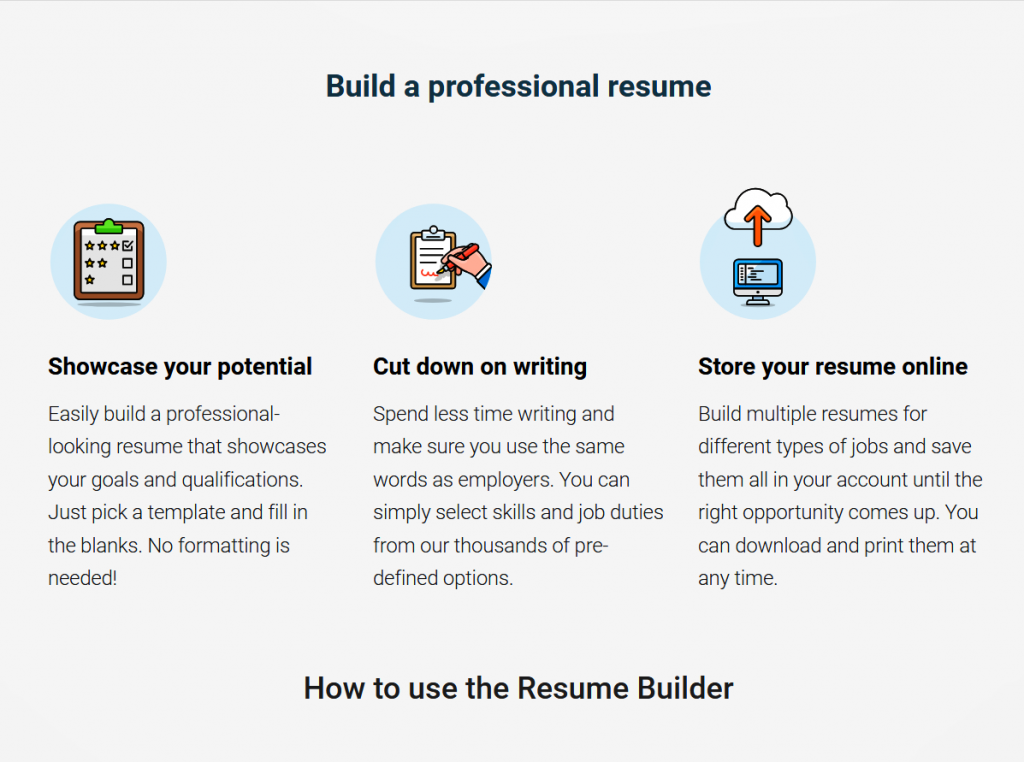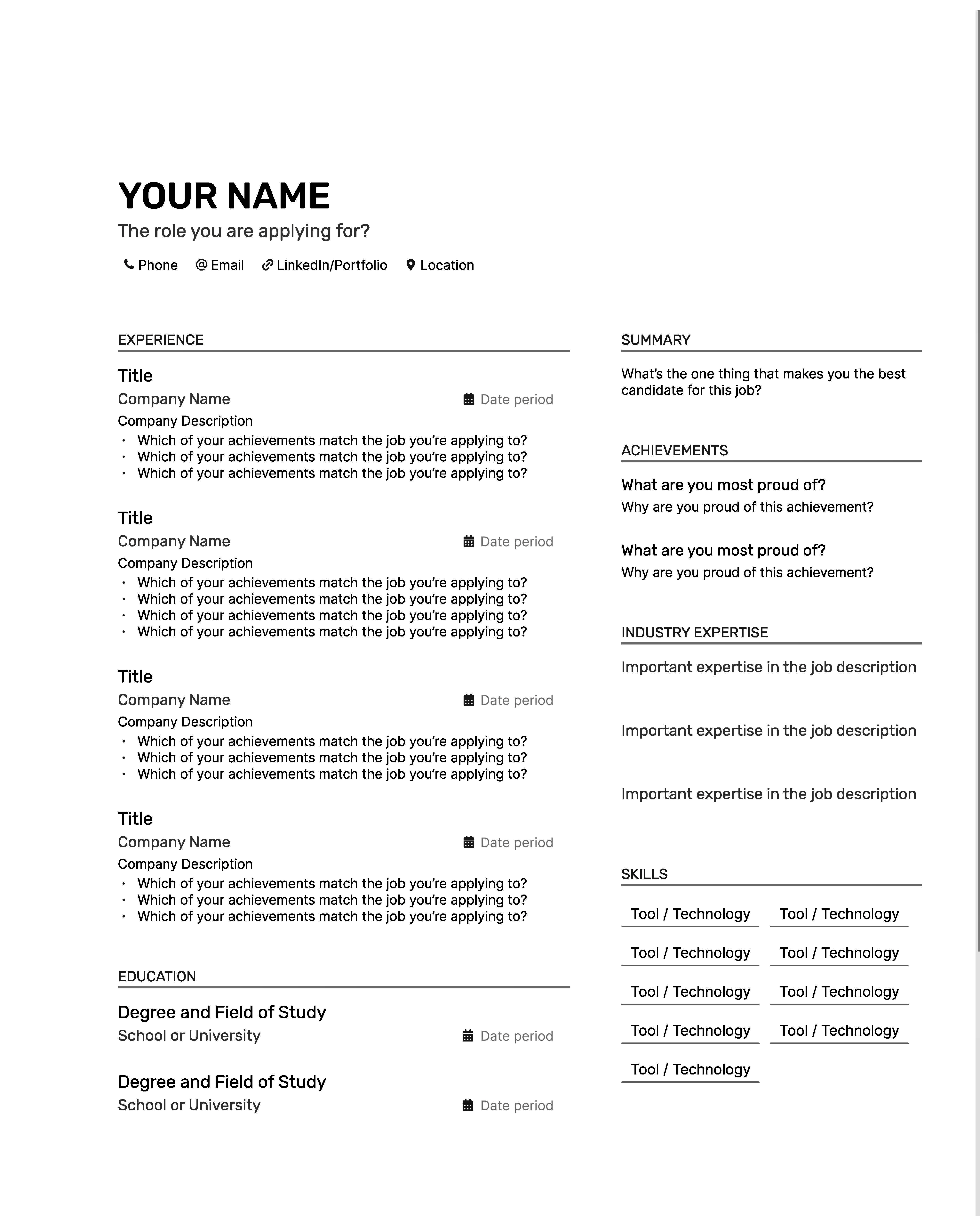Build a Strong Resume for Job Hunting in Canada
As you navigate the exciting path of job hunting, one of the important tools you will need is a well-crafted resume. In this article, we’ll explore the key elements of building a strong resume tailored to the Canadian job market.

Understanding the Types of Resumes
Before diving into the details, let’s go through the different types of resumes commonly used in Canada. The two primary formats are:
- Chronological Resume: This format highlights your work history, listing your most recent job first and going backward. It’s ideal for those with a strong and continuous work history. [Chronological Resume]
- Functional Resume: This format emphasizes your skills and qualifications rather than your work history. It’s suitable for those with employment gaps or a diverse skill set. [Functional Resume]
Useful Tips to Build a Strong Resume

Style and Personal Details
Ensure your resume is well-organized and visually appealing for prospective Canadian employers. To do this, be sure to use a clean and professional font, and include essential personal details, front and centre including your name, contact information, and LinkedIn® profile (if applicable).
Adapt Your Resume for Each Role
In Canada, one resume does not fit all job applications. Canadian employers give preference to resumes that are tailored to align with specific requirements of the job posting. To do this, take care to highlight the skills, experiences, and accomplishments you have that directly relate to the position to which you are applying.
Mind the Length
Keep your resume concise and focused. Ideally, limit it to one or two pages. Highlight the most relevant and timely information that highlights your qualifications for the position advertised.

Include Volunteer Work
Highlighting your volunteer experiences can demonstrate valuable skills and a commitment to your community. This is particularly beneficial for newcomers with limited Canadian work experience.
Use Social Media
Canadian employers widely use LinkedIn to assess candidates. Ensure your profile is complete, professional, and aligned with your resume. Consider including a link to your LinkedIn profile on your resume.
Format Carefully
Pay attention to the overall formatting of your resume. Be sure to use some bullet points (but not too many) for easy readability and to maintain a consistent format throughout. Be mindful of the use of fonts, spacing, and section headings.
Use Keywords
It’s also recommended to identify keywords and phrases used by the employer in the job posting and incorporate them into your resume. This will enhance your chances of passing through applicant tracking systems (ATS) used by many companies – and making it to the next stage of the hiring process.
Proofread Your Resume
Before submitting your resume, be sure to carefully proofread it for spelling and grammatical errors. Consider asking a friend or mentor to review it as well, as a fresh pair of eyes can catch mistakes you might have missed.





